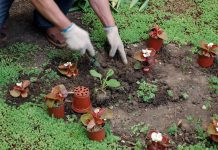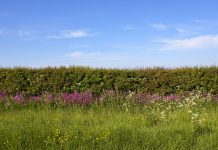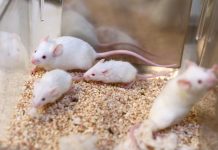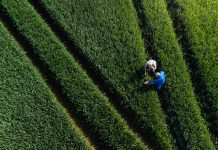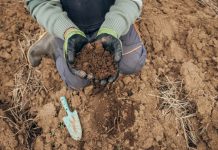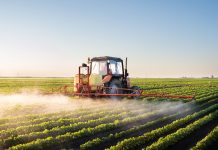Although it may seem unnatural, researchers reveal forests provide a superior habitat for forest-dwelling wildlife than declining forests. This discovery has only reaffirmed the vital link between food security and biodiversity
One of the longest-running studies of tropical wildlife populations in the world found that over 18 years, smaller farms featuring diverse crop types interspersed with forest patches or ribbons actually support and sustain numerous forest-dependent bird populations, even as these populations decline within the actual forests themselves.
From deforestation crisis to green triumph: The Costa Rican story
In a paper published on September 4 in the Proceedings of the National Academy of Sciences, Nicholas Hendershot and colleagues examined how certain bird populations fared in three different types of landscapes in Costa Rica: forests, diversified farms, and intensive agriculture.
They observed that the steepest declines were in bird populations within the forest, followed by intensive agriculture, where many invasive species thrive.
However, on diversified farms, a significant subset of bird species typically found in forests increased their populations over time.
“Birds are kind of a proxy we use to track the health of ecosystems. And the birds we’re seeing today aren’t the same as we saw 18 to 20 years ago. This paper really documents this pattern,” Hendershot said, a postdoctoral fellow at the time of this research in Stanford’s Department of Biology.
Food security and biodiversity at stake
The research suggests that diversified farming plays a pivotal role in supporting biodiversity. Recognizing that the relationship goes both ways, biodiversity is significant for ensuring food security.
This involves having a diverse range of bird species that feed on insects and assist in crop pollination.
“We need a constant stream of pollinators servicing farms. About three-quarters of the world’s crops require pollinators to some extent, and that 75% is our most nutritious food – think of all the vitamins and minerals packed into fruits, nuts, and veggies,” explained Gretchen Daily, faculty director of NatCap and CCB, Bing Professor of Environmental Science in H&S.
Daily also pointed out that diversified farms may not yield less than intensive agriculture regarding food production. “This is a recent assumption being overturned,” she said.
It has become increasingly clear worldwide that while protected areas are vital, their limited number and scattered distribution are insufficient to provide the essential ecosystem services required for people’s and nature’s well-being.
Beyond protected areas
Working landscapes are now crucial for preserving biodiversity and its benefits.
In this instance, diversified farms are not only serving as habitats themselves but also acting as connectors, linking otherwise isolated forested areas.
“People, including scientists, had the idea that farmland would not support a meaningful amount of biodiversity,” said Daily.
People, including scientists, had the idea that farmland would not support a meaningful amount of biodiversity
Over time, Hendershot said, “I have moved away from the ‘fortress conservation’ model, which focused more on creating protected areas separate from human activities, and see more and more how much potential there is outside of forests.”
Incentivizing farmers
Costa Rica’s rapid deforestation in the 1980s and 90s was reversed through the world’s first payment for ecosystem services (PES) program. Today, nearly 60% of its land is forested, up from 40% in 1987. The country aims to double-protected forest areas and incentivize farmers with PES programs. This study informs policymakers about the benefits of different farming practices.



